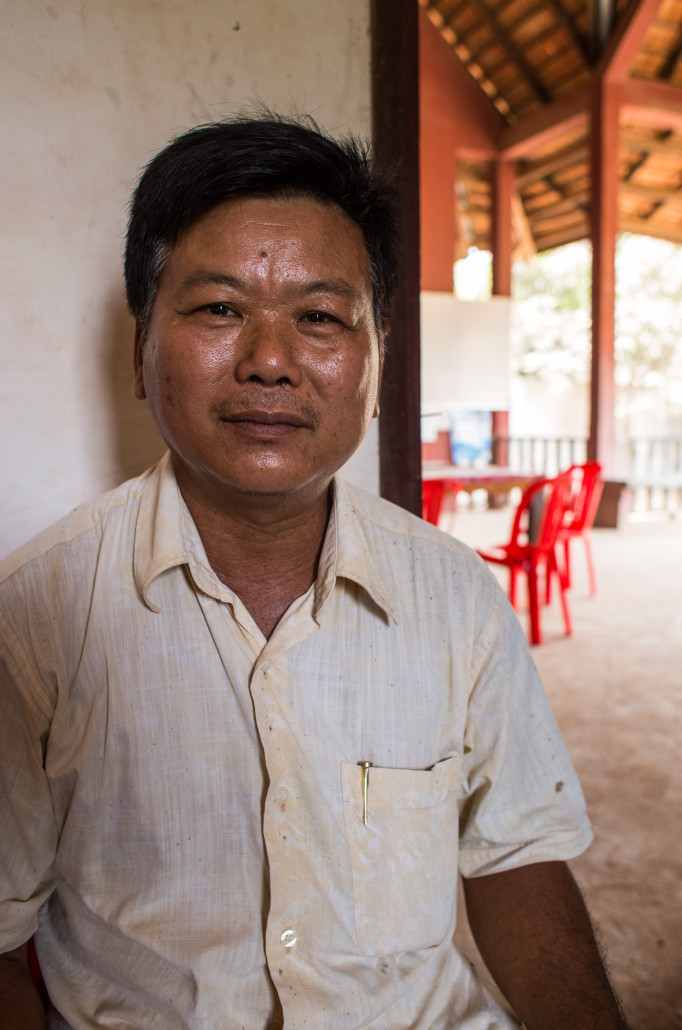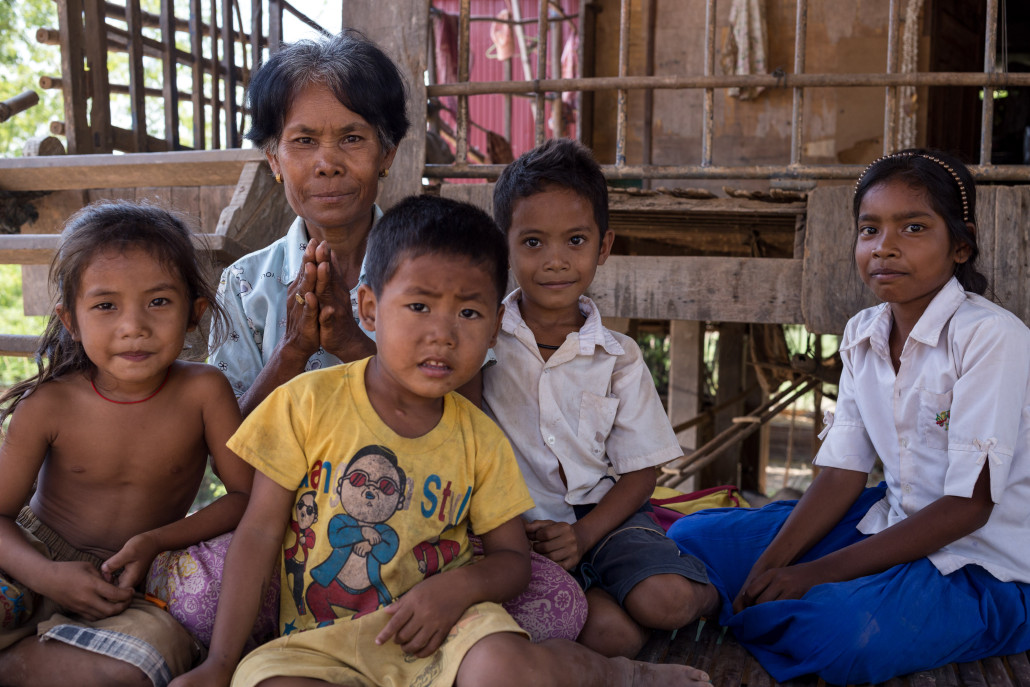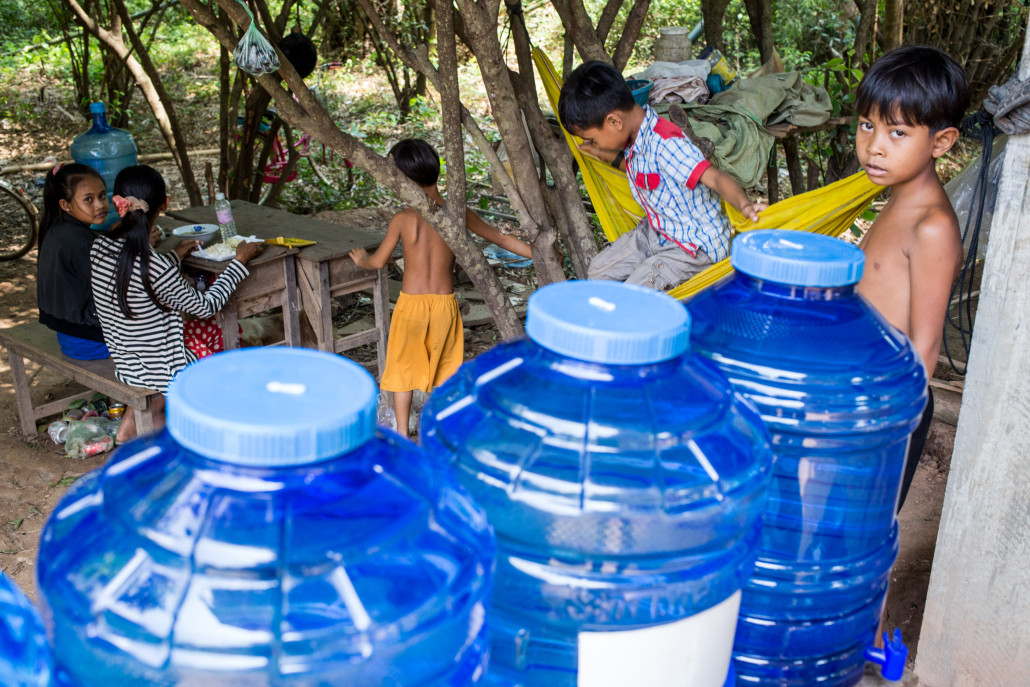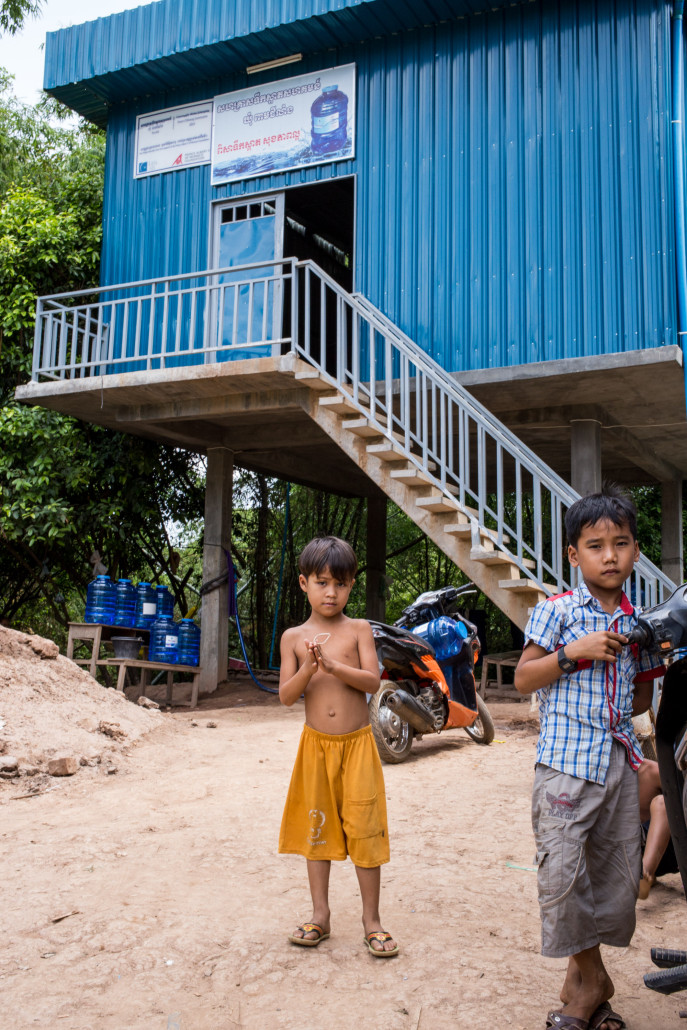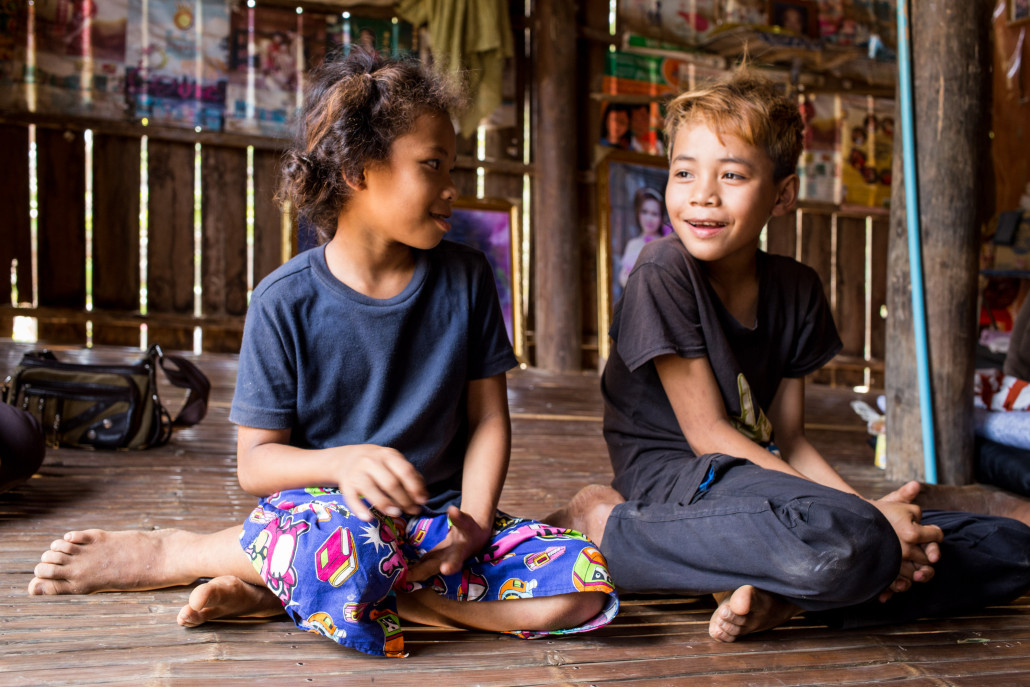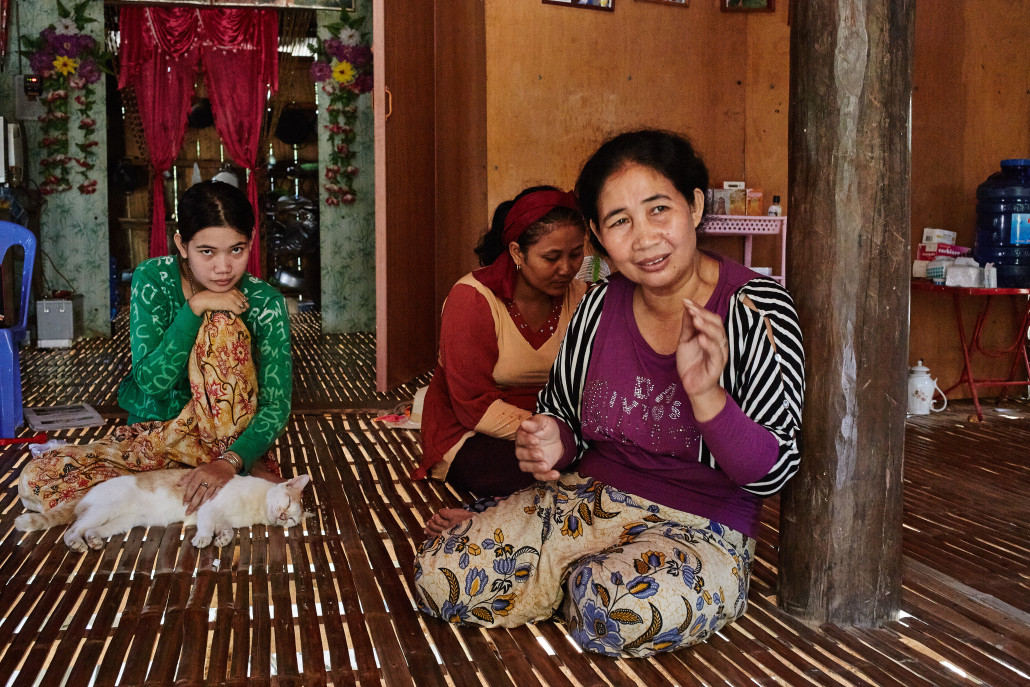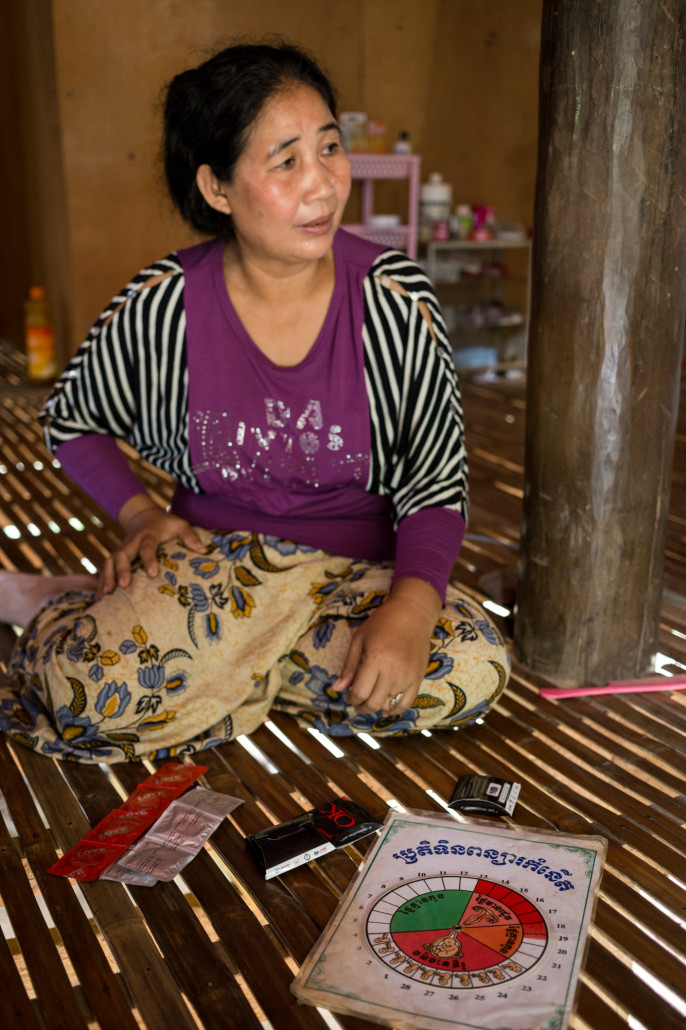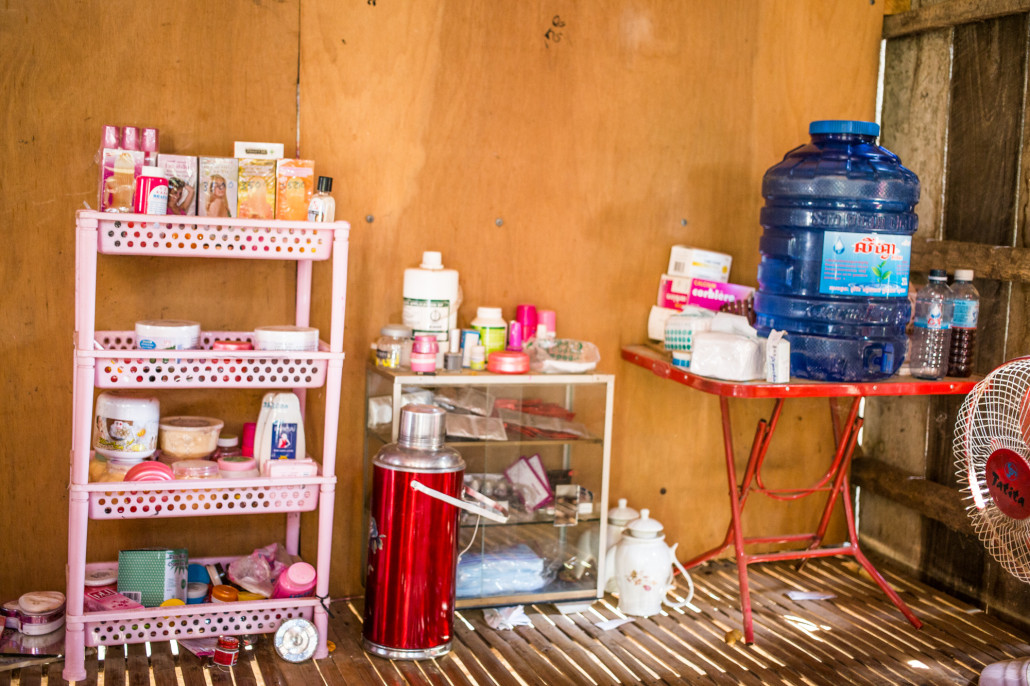Clean water sources critical amid Cambodia’s prolonged drought
Cambodia’s drought crisis
Exhausted drinking water supplies, cracked river beds, dead animal carcasses and ruined crops – a barren and desolate sight greets many Cambodians as the country is gripped by one of the worst droughts in decades.[1]
According to a recent Channel NewsAsia report, many regions in Cambodia have not received significant rain since late last year and about two-thirds of the country now has insufficient drinking water. One of the regions is Kampong Thom province, where locals shared that they have not recalled seeing heavy rain for about a year.[2]
Our upcoming intervention at Kampong Thom province
Clean water sources have become even more critical amid Cambodia’s drought crisis. Back in 2015, as part of our Cambodia three-year work plan, we identified Kampong Thom province as one of our key focus provinces.
We conducted needs assessments and baseline surveys in seven communes within Kampong Thom province between 22 February to 3 March this year and found that most of the respondents acknowledged to falling sick from drinking untreated water.
We have kicked off our Community Water Enterprise intervention in these seven communes in Kampong Thom province this month:
- Kampong Kou commune, Kampong Svay district
- Prey Kuy commune, Kampong Svay district
- Koul commune, Prasat Sambou district
- Sraeung commune, Prasat Sambou district
- Chhuk commune, Prasat Sambou district
- Mean Chey commune, Prasat Sambou district
- Msar Krang commune, Stoung district
Stepping up on our CWE projects in Cambodia
In addition to our upcoming interventions in Kampong Thom province and Ta An commune in Siem Reap, we are also exploring viability of projects at Kratie and Stung Treng provinces. Both are located along the Mekong River and the Provincial Department of Rural Development (PDRP) reported only 48% and 49.5% of families with access to improved water supply in Kratie and Stung Treng provinces respectively. Some of these local communities also face:
- Risk of exposure to arsenic-contaminated water
- Limited access to treated drinking water
- Lack of piped water supply
- Low water sanitation and hygiene (WASH) practices
Join us now to work together towards a common vision – better water governance and a future where clean water access is available to everyone. You can also learn more about our work in Cambodia here.
References
[1] Crothers, L. (2016, 05 05). Animals die as Cambodia is gripped by worst drought in decades. Retrieved from The Guardian: http://www.theguardian.com/global-development/2016/may/05/animals-die-cambodia-worst-drought-decades
[2] Board, J. (2016, 05 18). Desperation grows as drought grips Cambodia. Retrieved from Channel News Asia: http://www.channelnewsasia.com/news/asiapacific/desperation-grows-as/2792150.html




